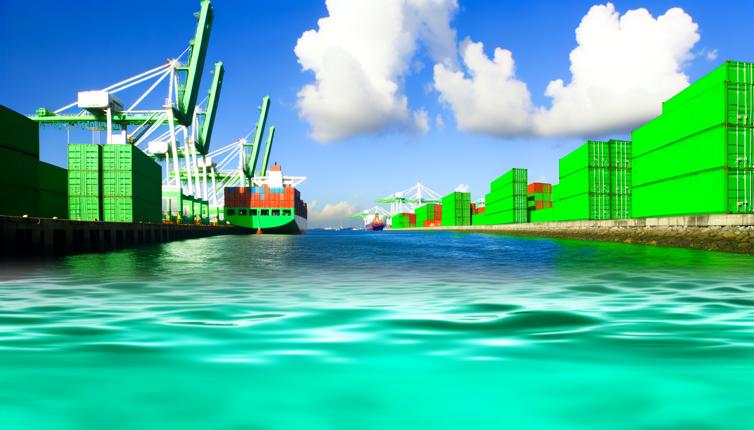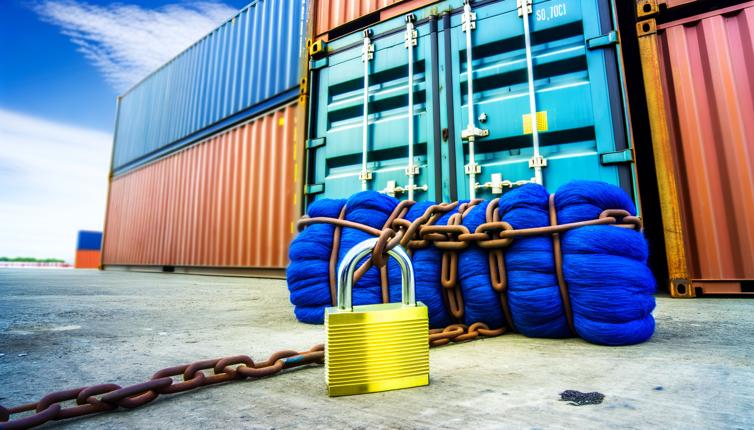1. Use of Alternative Fuels
One of the most impactful ways to reduce carbon emissions in shipping is by using alternative fuels. Traditional shipping vessels primarily rely on fossil fuels, which release large amounts of greenhouse gases into the atmosphere. However, the use of alternative fuels such as liquefied natural gas (LNG), biofuels, and even hydrogen can significantly reduce emissions. These fuels produce fewer pollutants and have a lower carbon intensity.,LNG, in particular, has gained popularity as a cleaner alternative for shipping. It emits fewer sulfur oxides (SOx), nitrogen oxides (NOx), and particulate matter compared to traditional fuels. Some companies are also exploring the use of biofuels made from renewable sources, which can further reduce carbon emissions.,Investments in infrastructure to support the use of alternative fuels are crucial to promote their adoption in the shipping industry. This includes building LNG bunkering stations and developing supply chains for biofuels.
2. Energy Efficiency Measures
Improving energy efficiency in shipping is another key aspect of green practices. By optimizing vessel design, engine performance, and operational practices, significant energy savings can be achieved. Some energy efficiency measures include:,a. Slow steaming: Operating ships at slightly reduced speeds can lead to significant fuel savings.,b. Hull and propeller optimization: Design modifications can reduce drag and improve fuel efficiency.,c. Advanced technologies: The use of energy-saving devices, such as air lubrication systems, waste heat recovery systems, and hybrid power sources, can further enhance efficiency.,d. Improved fleet management: Implementing technologies and practices to optimize routes, reduce idle time, and improve maintenance can lead to energy savings.,In addition to reducing carbon emissions, energy efficiency measures also have the potential to generate cost savings for shipping companies over the long term.
3. Port and Terminal Improvements
Green shipping practices also extend to ports and terminals, which play a crucial role in the shipping industry. By implementing sustainable infrastructure and operational practices, ports can reduce emissions and minimize environmental impact. Some key measures include:,a. Shore power facilities: Providing shoreside electricity to ships at berth can reduce the need for onboard generators, resulting in lower emissions.,b. Cold ironing: Allowing ships to plug into the local power grid instead of running their engines while at port.,c. Efficient cargo handling: Using electric cranes, optimizing cargo storage and retrieval processes, and implementing intelligent logistics systems can reduce energy consumption and emissions at terminals.,d. Waste management: Proper management of ship-generated waste, including recycling and disposal of waste materials, can contribute to a cleaner environment.,Collaboration between port authorities, shipping companies, and terminal operators is crucial in implementing these improvements across the maritime infrastructure.
Conclusion
As the shipping industry continues to grow, it is essential to adopt green shipping practices to mitigate its environmental impact. The use of alternative fuels, energy efficiency measures, and improvements in ports and terminals are just some of the strategies that can help reduce carbon emissions and build a more sustainable future for shipping. By embracing these practices, companies can not only contribute to environmental conservation but also improve their reputation and meet the growing demand for sustainable solutions in global trade.









